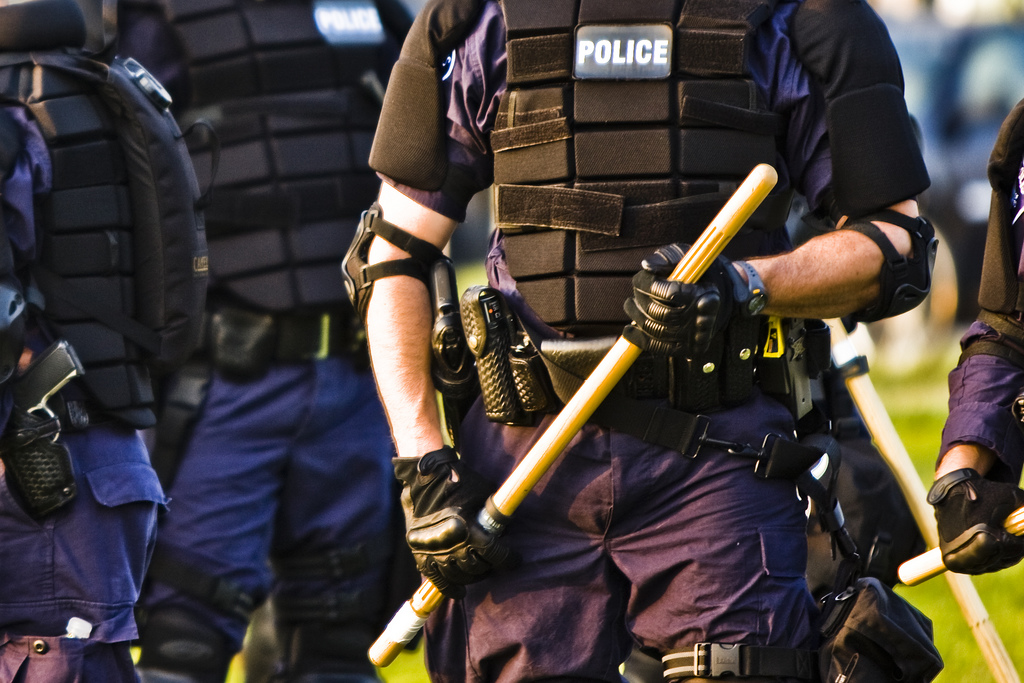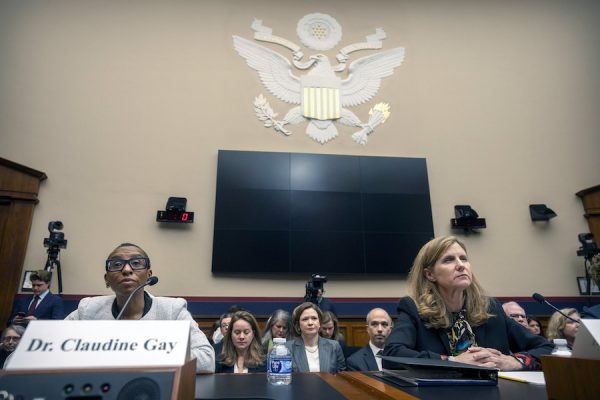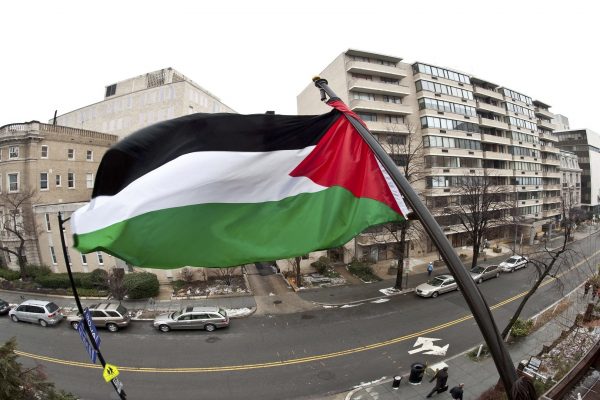In March of 1857, Chief Justice Roger Taney issued his majority opinion in the case of Scott v. Sanford. The case concerned the legal condition of Dred Scott, who had been held as a slave in Missouri before traveling with his owner to Wisconsin and then returning to Missouri. Because slavery was outlawed in the Northwest Territory, Scott claimed that his time in Wisconsin had effectuated his legal emancipation: having been free, he could no longer be held as a slave. When he filed his case in the Missouri courts in 1846, he was on good legal footing. Decades of legal precedent suggested that erstwhile slaves conveyed to the Northwest Territories by their owners would be held to be legally free.
For Chief Justice Taney and the six other justices who concurred with his decision to deny Scott’s petition, the principal issue at stake was the question of whether Dred Scott had any right to sue in the first place. The chief justice’s opinion defined the right to seek redress in federal court as the sole prerogative of “citizens” of the United States. He argued that the framers of the Constitution never intended that the “class of persons . . . whose ancestors were Negroes of the African race, and imported into this country, and sold and held as slaves” could “become entitled to all the rights and privileges and immunities” guaranteed to citizens of the United States.
More than a century after the Dred Scott decision argued that black people lived in Missouri by the grace of white people, we are seeing the outline of an actually existing police state.
And for Taney, who was an early exemplar of the school of thought that would come to be known as constitutional originalism, the question of the founders’ intentions in writing the Constitution could be boiled down to the question of how they would have thought about the role of black people in politics and in public. Would the founders have exempted members of the “African race” from the “special laws” that regulated their behavior? Would they have allowed them to travel from state to state “without pass or passport,” and “go where they please at every hour of the day or night without molestation?” Would they have allowed them to “hold meetings upon public affairs and to keep and carry arms wherever they went?”
Of course not, he answered. Reasoning backwards from the fact that African Americans had no political rights, Taney concluded they had no rights at all. On the contrary, he argued, they were “of an inferior order and altogether unfit to associate with the white race, either in social or political relations, and so far inferior that they had no rights which the white man was bound to respect.” No rights which the white man was bound to respect: ten of the most notorious words in the history of the United States.
Blocks from the courthouse in St. Louis where Dred Scott filed suit 160 years ago, we can once again see the malign logic of Justice Taney’s opinion expressed in full martial array. As protestors took to the streets this September, police officers indiscriminately arrested crowds of people, including protestors, journalists, spectators, and passersby. They responded to peaceful protests with overwhelming force—deploying riot police on the ground and snipers on the roofs, tackling and body slamming protestors, and macing and pepper-spraying people as they kneeled, awaiting arrest. An elderly woman was trampled by an advancing line of heavily armed, armored, and shield-baring police. A grandmother was choked by an officer as she tried to protect her grandson. Subsequently, she was charged with felony assault under Missouri’s “Blue Lives Matter” law by Robert McCulloch, the very same prosecutor who refused to indict Darren Wilson for the killing of Michael Brown. After making their arrests, the police chanted “Whose streets? Our streets” in celebratory mockery of the protestors whose constitutional rights they were violating.
And yes, it is true, on one of these twelve nights of rage in the city of St. Louis, several shop windows were shattered by protestors on the Delmar Loop.
The most recent round of protests against police misconduct in St. Louis follows the acquittal of former St. Louis PD Officer Jason Stockley, who was accused of the 2011 murder of Anthony Lamar Smith. After an initial confrontation with Stockley in a restaurant parking lot, in which Stockley wielded his personal AK-47, Smith fled in a car. During the car chase that followed, Stockley was recorded by the dashcam in his police cruiser saying he was “going to kill this motherfucker,” minutes before he made good on his promise. Stockley fired five shots into Smith’s vehicle after his partner had crashed into it on the street. Stockley was then captured on film searching through a personal duffel bag in the trunk of his cruiser, entering the car where Anthony Lamar Smith lay dead, and emerging seconds later with a handgun that he claimed to have found in the car, but was later revealed to have only the officer’s DNA upon its handgrip.
‘No rights which the white man was bound to respect’: ten of the most notorious words in United States history.
In justifying his decision, the judge in the case noted that Stockley’s promise to kill Smith was made in “the heat of the moment,” and therefore could not be considered evidence of intention. Moreover his thirty years of experience on the bench made him certain that the gun found in the car must belong to Smith, because people like Smith, an “urban heroin dealer” in his words, almost always have guns.
It was this bald-faced example of racist reasoning and police impunity that spurred the protests that have roiled St. Louis over the past week and a half, protests which have revealed, well, more of the same.
After his officers chanted “Whose streets? Our Streets!” on the night of September 18, St. Louis Police Chief Lawrence O’Toole went on television to proclaim, “The police owned tonight.” St. Louis Mayor Lyda Krewson’s reaction to the out-of-control police has been tepid at best. In response to the officers’ chant she said, “I wish they wouldn’t have said that.” Asked about O’Toole’s response, she observed what was empirically true, that it was “inflammatory,” before reiterating her “confidence” in the chief and cancelling town hall events where she was scheduled to appear.
Missouri Governor Eric Greitens, for his part, has cheered the cops on. On Twitter the governor enthused, “Saturday, some criminals broke windows & thought they'd get away. They were wrong. Officers caught ‘em, cuffed ‘em, and threw ‘em in jail.” His tweet was accompanied by a video showing four police officers carrying a protestor handcuffed, face-down, and suspended between them. Nevermind that the man in the video turned out to be a college student who intervened when he saw the police rushing at black protestors.
It goes without saying that those who seek to exercise their constitutionally protected right to assemble in the street and speak their minds will find no support from Jefferson Beauregard Sessions’s Justice Department, or from police brutality’s cheerleader-in-chief, Donald Trump.
What we have seen in St. Louis over the last fortnight is the outline of an actually existing police state. There is no apparent check on the actions of police officers but the limits of their own energy and the dictates of their own conscience.
The Dred Scott decision effectively argued that black people lived in Missouri by the grace of white people. It made clear that there would be no legal limit to what white people—either individually or constituted as the local or state government—might do to them. For black protestors, their white supporters, and anyone else unlucky enough to be standing nearby, St. Louis today represents a frightening image—part fulfillment, part portent—of the world according to Chief Justice Roger Taney.








